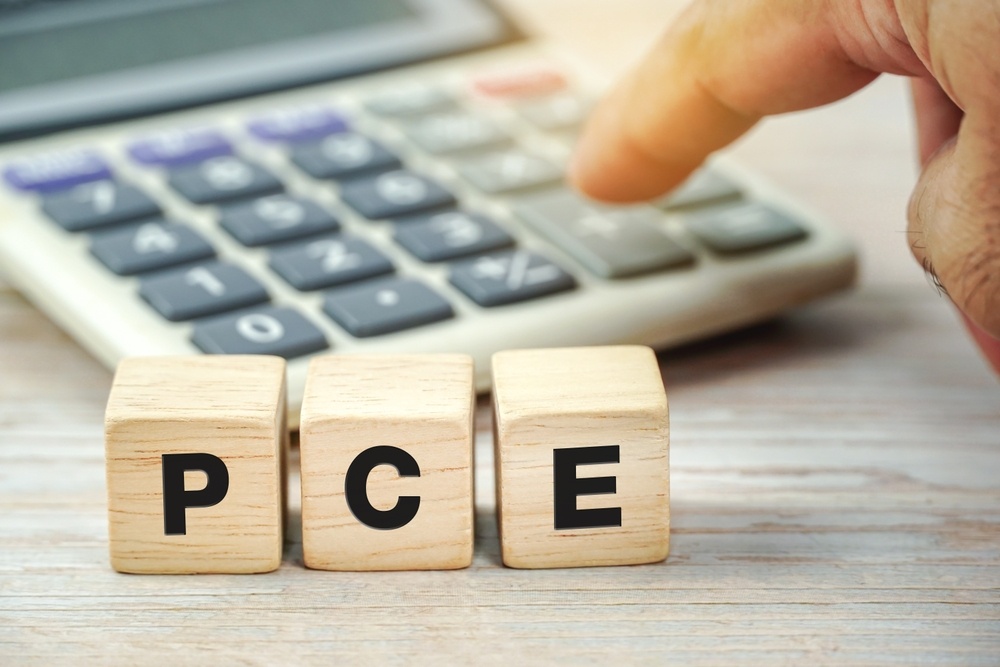July U.S. PCE Rose 0.2% Month-Over-Month, In Line With Expectations
The latest data showed that the U.S. PCE price index rose 0.2% in July from a year earlier and 2.5% from a year earlier, in line with economists' expectations.

According to the Commerce Department's Personal Consumption Expenditures (PCE) report for July, inflation rose slightly, in line with the metrics the Federal Reserve is looking at as it considers its first interest rate cut in four years.The PCE price index rose 0.2% from a year earlier in July and 2.5% from a year earlier, in line with economists' expectations. The core PCE index, which excludes food and energy prices, rose 0.2% from a year earlier, but the annual increase was slightly lower than expected at 2.6%.
Personal income rose $7.51 billion (0.3%) in July, and disposable personal income (DPI) increased $5.48 billion (0.3%). Personal Consumption Expenditures (PCE) increased significantly by $10.38 billion (0.5%). Adjusted for inflation, real DPI increased by 0.1% and real PCE increased by 0.4%, with spending on goods up 0.7% and spending on services up 0.2%.
The growth in personal income was driven primarily by an increase in payrolls.The growth in PCE was split between services spending ($59.3 billion) and goods spending ($44.5 billion). Major contributors to service spending included housing and utilities, while motor vehicles and parts, and food and beverages drove growth in goods spending.
The 0.2 percent monthly increase in the PCE price index consisted of changes in goods prices (down less than 0.1 percent) and services prices (up 0.2 percent). Food prices rose 0.2 percent and energy prices increased slightly. The PCE price index rose 2.5 percent during the year, reflecting a slight decline in commodity prices offset by a 3.7 percent increase in service prices. Food and energy prices rose at annual rates of 1.4 percent and 1.9 percent, respectively.
The increase in real PCE was largely attributable to higher spending on autos and parts in the goods category and health care spending in the services category.
The personal savings rate stood at 2.9 percent, with personal savings totaling $59.88 billion in July. Personal spending, which includes PCE, personal interest payments, and personal current transfers, increased by $10.33 billion.
The slight uptick in inflation and continued growth in personal income and spending point to a complex economic environment that policymakers will need to respond to cautiously in the coming months.
Disclaimer: The views in this article are from the original Creator and do not represent the views or position of Hawk Insight. The content of the article is for reference, communication and learning only, and does not constitute investment advice. If it involves copyright issues, please contact us for deletion.